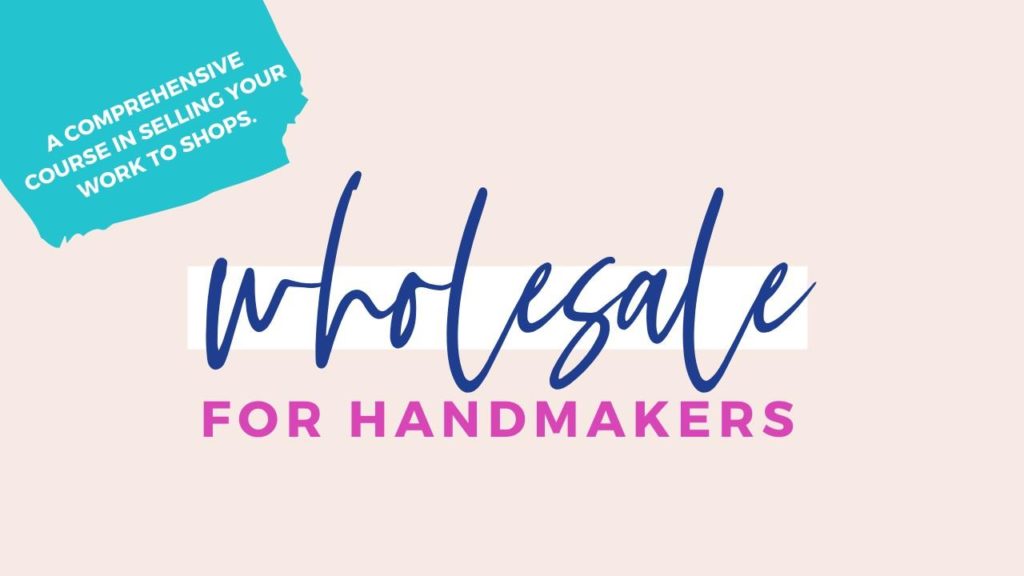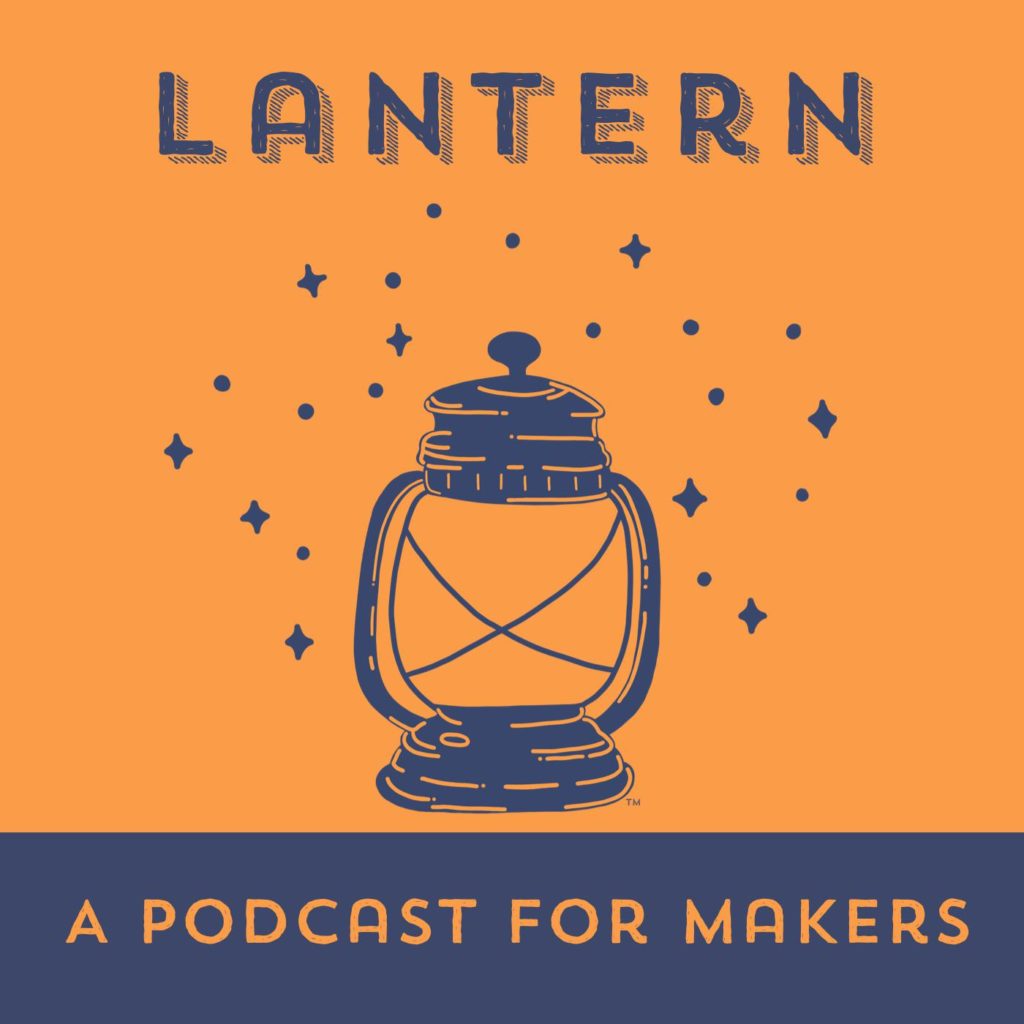The situation sucks. We get it.
It goes beyond potentially lost table fees—it includes stock bought in preparation for shows, endless hours sunk into preparation, and honestly, the emotional frustration of losing something you’ve been looking forward to. Frustration, anger, sadness—all of those feelings are completely and 100% valid. But what do we do now?
This post includes some (largely free) suggestions for things to do to make the most of this unexpected (albeit unwanted) downtime due to shows being cancelled. I am focusing on things you can do from home, as the whole point of these cancellations is to encourage social distancing and flatten the curve.
Take the Time to Breathe
Please, just take a moment. A novel virus is stressful. Losing projected income due to show cancellations is stressful. Lost table fees are stressful. Allow yourself to feel that, and then breathe. If you like guided exercises, this one is basic and calming.
Check Your To-Do List
What have you been meaning to do in developing your business that you just never had the time for? Maybe you’ve been meaning to make a prototype for a new product, design a new banner, restock your Omni Box, or take some better pictures. Sit down and put down, on paper, all those things you’ve been hoping to have a little more time to accomplish.

Seek Out Resources
There are a lot of very talented and skilled folks who have created some kickass resources to help you turn up while everything is turned down.
Cheerfully Made University
Emily Arbour wears so many hats: she runs Cheerfully Made, a shop in Almonte (currently only open online due to the virus); organizes a series of shows (including Ottawa’s Etsy Made in Canada); and has recently launched Cheerfully Made University. She has some freebies (scroll down in this link) that can be starting points for a wide range of things to work on while things are slowed to a crawl. And if you’re struggling to put even the basics into words, she even has one on writing for social media.

Cheerfully Made University is also currently taking on students for Emily’s debut course “Wholesale for Handmakers“. This course is not free; however, it is packed with information laid out in a clear, direct and useful way. I was lucky enough to be a beta tester for this course (not sponsored, of my own interest and on my dime) and I cannot lend enough praise to the course for giving me the kick in the ass I needed to work on my wholesale presentation.
Amy Takes Pictures
Could your photos use a refresh? Looking for some tips and tricks for how to make your items sell? Check out Amy Eaton’s website. She has a freebie she shared with us: her product photography quality checklist (a fantastic place to start)! There are also some killer tips in her blog, and if you’re more of a listening person, she has a YouTube channel. She also offers courses and Lightroom Presets. I haven’t personally taken any of her paid courses, but do have friends who report vastly positive experiences!

Lantern: a Podcast for Handmakers
Lantern is a brand new podcast; as of this post, it’s four episodes in! So, now is the perfect time to get listening so you can stay up-to-date as it evolves. If you’re a handmaker this podcast is perfect for you and touches upon various elements of sales, markets, and being creative.
Creative Hive Co
Creative Hive Co is an amazing resource with an extensive library of posts explaining many things from start to finish.
Bolster your Social Media
When I say “bolster”, I don’t necessarily mean in terms of paid ads, but that can be a consideration too! I don’t know any vendor who says they find social media easy; frankly, it’s a lot to keep up with. If the writing freebie linked above has the wheels in your head spinning, harness that energy and schedule posts!
Facebook will let you schedule future posts right from your page. For Instagram, you can check out tools such as Buffer (which, unfortunately, is not free).
Here are some examples of things you may want to schedule: posts for themed holidays, or “International Day of ___” that correspond to your products; product photos that you want to gush about; upcoming significant events in your business; etc. Just make sure to check back from time to time to make sure that your scheduled posts are still relevant.
Turn to Online Sales
If you can’t sell to folks in person (social distancing makes events very hard, and dangerous), then what better time to make your options available online?

One caveat to note is that while this downtime is an excellent time to invest time and energy into an online option for your customers, it may not result in immediate sales. During times of uncertainty and fear, purse strings tend to tighten. I mention this not to dissuade you, but so that you don’t become discouraged if sales don’t pick up right away. Investing the time now means that you’ll be well-positioned for when the economy and world return to normal.
Existing Websites to Sell
There are so many options! Make sure to look into different options in order to decide which one(s) are best for you!
Etsy: Seller Handbook
Etsy is the most well known, and arguably the most well used; they are the site for handmade and vintage sellers. There is no subscription fee. Instead, you pay a listing fee ($0.20 USD) per item listed as well as a percentage of the sale and shipping costs (5%). Using this link will give you your first 40 listings free of charge!
Pro-tip for Etsy: This tip is for those using Etsy, whether new or experienced—check out erank.com! Originally called Etsy Rank, it is a powerful tool (with a very useful free tier, and even more packed into the Pro version) that will help you get the most out of Etsy. erank leads you through maximizing your Search Engine Optimization (SEO)—which is crucial for finding success on an online marketplace!
I’ve personally used erank for years; it has made an incredible difference in how often my listings get viewed (and bought!).
Storenvy: One of the largest free competitors to Etsy. They have two main streams of stores: marketplace (similar to Etsy) and Custom Store (similar to Shopify). The fees for their marketplace stores are 15%, with no sign up, listing, or monthly fee. Custom stores are 2.9% plus a $0.30 USD fee per transaction and have a monthly fee of $15 or $30 USD.
Shopify: A custom storefront with hands-on, 24/7 support. Fees range from $29–$299 USD per month along with a range of commission fees between 0.5–3.5% (Pricing info here).
Local options: Ottawa Artisans (no fees, 10–15% commission) and Ottawa Handmade ($10/month, no commission).
Build your Own Website
WordPress + WooCommerce: These two platforms work together perfectly if you have some technical know-how. This option requires you to have your own site and be able to do a fair amount of the technical work yourself (or pay someone to do it for you). The benefit is that both of these tools are free (at the base level) so you save on fees and only pay for payment processing fees.* (ShowWiz uses WordPress!)
*Hosting and domain name fees are also additional considerations if you want a yourname.com website.
Wix: Is the newer competitor to WordPress. It offers a flashier and arguably more user-friendly interface. However, it is somewhat less customizable. Wix can even roll in your domain hosting, but on the most basic plan, will show ads.
Look Ahead
While it can be easy to get caught up in the disappointment of show cancellations, don’t forget to look ahead. Fall and holiday shows are opening up for applications, and hopefully, we’ll be long past this virus by then. Check out the calendar to see what’s coming up!
Do you have other resources that you love and think we should share? Let us know at hello@showwiz.ca!
ShowWiz.ca is an online resource that offers a comprehensive calendar of craft and vendor shows and a vendor directory. Currently serving Eastern Ontario and the National Capital Region, ShowWiz.ca works to connect vendors, organizers, and shoppers with opportunities that work for them.

